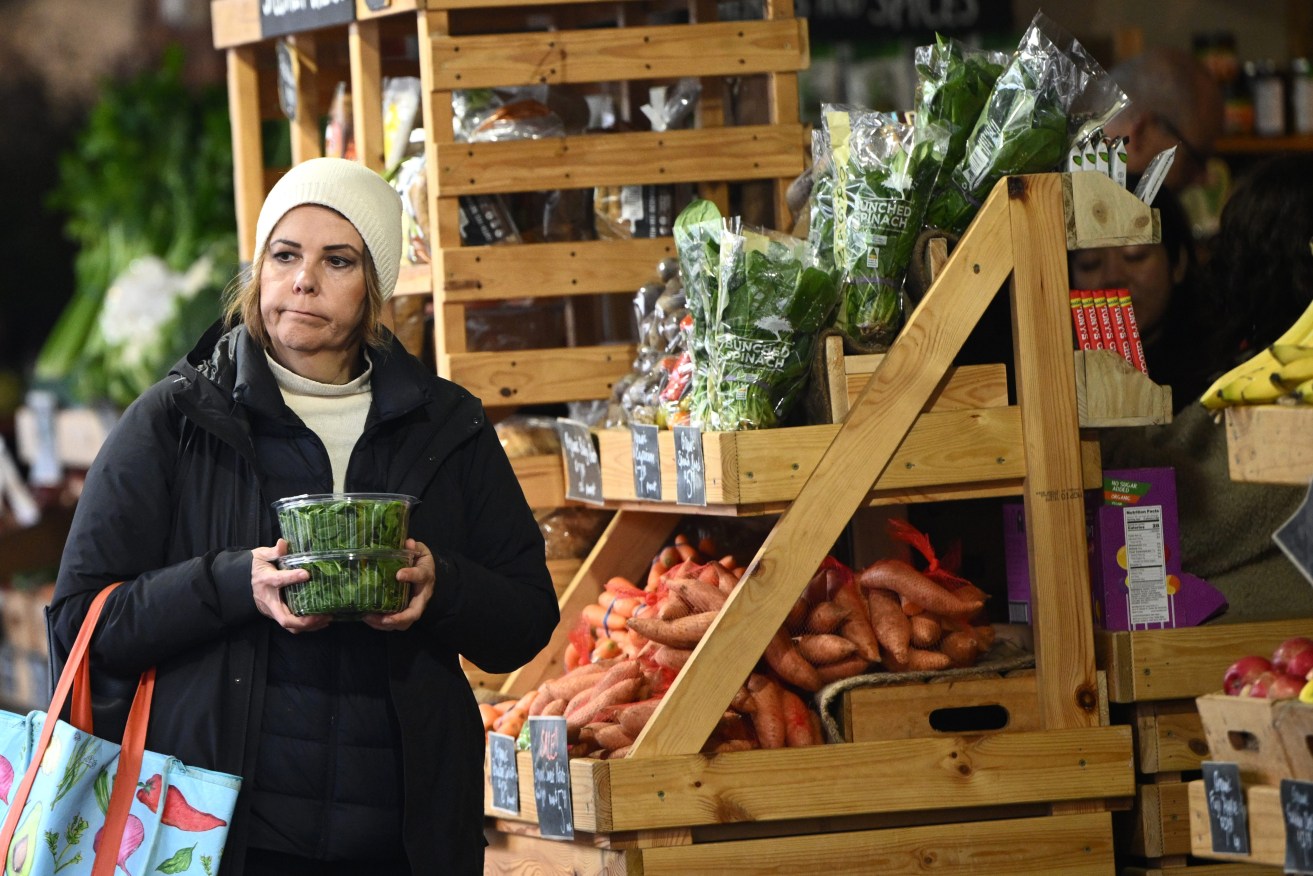Raiding the piggy bank: How we will have to dig deep to cope with the next two years
Australians would be forced to tap into $50 billion of their savings this year and $70 billion next year to cope with rising costs, according to Westpac.


Members of the public shop for fresh produce. (AAP Image/Joel Carrett)
However, that would still leave a pool of about $280 billion in the nation’s accumulated savings.
In its latest report on state economies, the bank said the slowing economy would also weigh heavily on households over the next two years and that Queensland’s economy was the weakest of all the states in the December quarter.
And the state’s economic outlook is likely to depend on Victoria and NSW and how many of its residents continue to move north.
It follows data from the Australian Bureau of Statistics earlier this week which showed that household wealth declined 3 per cent last year, largely attributed to falling property prices.
Inflation was sapping the strength of savings but the Commonwealth Bank today said it expected the annual inflation rate to fall below 7 per cent with the release of data next week.
Westpac said in its report that a measure of the states’ domestic economies showed Queensland contracted by 0.3 per cent in the December quarter.
The bank has forecast a dramatic slowdown in Queensland’s economy this financial year to 2.5 per cent from 4.4 per cent last financial year.
“Consumption stalled in the (December quarter) as households directed spending away from discretionary items such as furniture and household equipment towards essentials like food and rent and dwelling services,” the Westpac report said.
“Queensland’s property market is in a sharp slowdown. At -13 per cent, the three-month annualised pace of price declines is the most severe of the eastern states while lower turnover and downbeat sentiment offers little reprieve in the near term as the full impact of the interest rates increases continues to crystalise.
“New business investment in Queensland also throttled back in the fourth quarter after a robust year of gains.
“While the broader outlook for 2023 is certainly challenging for both households and businesses, the recovery in net migration and population growth should serve as a key positive for Queensland into the longer-term.
“Indeed, Queensland remains the clear front-runner nationally, annual population growth now at 2.2 per cent a year, in excess of the state’s long-run average and well above the national average of 1.6 per cent a year.
“Underlying this, net overseas migration printed a stellar +15.4k in the third quarter 2022, just shy of the state’s Q3 record of +15,000 in 2008.
“Interestingly, net interstate migration away from NSW/Victoria to Queensland is still presenting as a strong contributor to population growth, highlighting the emerging opportunities to be found in Queensland once current headwinds fade.”












